|
|
This postcard view of Zetland Terrace and known locally as Beck Row has no railings to stop anyone falling into the beck, even though children were there playing. Railings were erected later but now there is a rather large brick wall there to stop the flooding. The school stands on the left hand side (now entitled Skinningrove Link Up) and still used by the community; once again a large brick wall stops the beck coming into the former school yard.
This shop was at 25 New Company Row, Skinningrove; the photograph was taken in 1969, two years before decimalisation of our currency. If you enlarge the photograph you may spot some prices. J. W. (Jack) Roberts bought the shop in the early 1960s and sold it in 1995; it has since reverted to being a private residence.
Barbara McBurney told us: “The shop Jack Roberts owned at 25 New Company Row in Skinningrove, was where I lived when I was born, it was called ‘Jeffersons’. We moved to Loftus when my brother was born as there were only two bedrooms in the shop; keeping the shop for a number years. My mother and father, John and Alwynne Jefferson (nee Smith) commuting to Skinningrove each day to work in the Shop. Malcolm and Sheila Hart from Skinningrove moved in when we sold the shop and I believe Jack Roberts took over after the Hart’s left.” Whilst Mike Hopper adds: “Jack Roberts also had a shop at the top of Loftus bank, my auntie Mary worked in it”.
Image courtesy of John Roberts; also thanks to Barbara McBurney and Mike Hopper for the updates.
A much used building years ago, it was built in 1875 by Pease & Co., for the benefit of the community. Sadly it fell into decline and had to be demolished. When was that do you know?
This was Service of Dedication for the War Memorial at Skinningrove and the building behind was the Miners’ Institute built in 1875 by Pease & Partners (owners of Skinningrove ironstone mine) and now replaced by the old folk’s bungalows. In the 1950’s the big annual event in Skinningrove was the Christmas pantomime held in this grand old building, organised for many years by Mr and Mrs Lacey. Now the big event, thanks to Tina Dowey and many others, is the nationally acclaimed Skinningrove bonfire! John Kennedy enquired: “Could anyone please tell me what was the date this photograph was taken?” The Archive will continue it’s researches into the date.
Image courtesy of the Pem Holliday Collection, information courtesy of Norman Patton and thanks to John Kennedy for his query.
A fine image of an old tradition; from the late 1950’s/early 1960’s, this lasted until the late 1970’s, being taken over by the Skinningrove Gala Association; the event lasted until the late 1980’s.
The photograph includes several members of Colin Hart’s family; the boat featured belonged to his grandfather and was used each year to transport the Gala Queen through the village to the Boatman’s Hut which is situated just before the bridge leading to the beach. In later years the boat was replaced by a flatbed lorry; the Gala Queen featured in this image is Joan England.
Image and information courtesy of Colin Hart and Pat Sparkes, with an update on the Gala Queen from John Kennedy.
Carolyn Richards grandfather William Grange, was manager of Skinningrove Co-op after Hinderwell and lived in High Row, Loftus. We just get a glimpse of Hutton Street and the steel works behind the Co-op, with Harry Grange’s motorbike parked at the kerbside. We don’t know when this photograph was taken. The windows look as though they have been dressed for a special occasion. Can anyone help us? John Sarginson asked: “Does anyone know when this was taken, or anything more of the co-op’s early days? I think my grandfather was sent there to open it as manager about or just before 1914. He and his family lived at Carlin How. any correction or further information would be welcomed.” Carolyn Richards advised the Archive: “My guess is that it’s sometime in the mid-thirties. Dad traded his bike for an Austin car not long before war broke out.”
Image courtesy of Carolyn Richards and thanks to John Sarginson and Carolyn Richards for the updates.
Hutton Street near the bottom of Nixon’s bank and the shops that used to serve the people of Skinningrove. Ivy and Bobby Garbutt feature in the image, fondly remember by villagers. Ivy and Bob used to live in Furnace Cottages at Carlin How before moving to the end house on Hutton Street; next door to John and Jean Spedding. Jim, their son lived on Marine Terrace. The street and shops now sadly demolished.
Image courtesy of Graham Smith and grateful thanks to Skinningrove History Group for the updated information.
Not many will have seen Hutton Street, as today it is no longer there! After the shops closed, the street was demolished and all that remains is the lower kerb at the side of the road.
Image (from a newspaper cutting) courtesy of Eric Johnson.
A lovely photograph of Skinningrove, not a lot has changed; the hospital has gone, as has Albion Terrace., which is the row of terraced houses in the foreground of our image. We asked can someone please help with was Albion Terrace once known as Long Row?
Peter Day asked: “Was this once called Albion Place? I have a family history going back and according to information they left, they once lived at Albion Place, which seems to no longer exist.”
Colin Hart advises: ”The terrace in the front of the picture is Albion Place which was demolished along with High Street, Chapel Street, Cliff Terrace and half of Marine Terrace in the 1980’s. Long Row is mentioned in one of the Skinningrove census records and the numbers are 1 to 28; the only street in Skinningrove with these numbers is New Company Row, built by Skinningrove Iron Co. When the terraced houses were built in the 1870′s they started at 1 Marine Terrace and the numbers continued until they ended with 172 Grove Hill.” Derick Pearson tells us: ”I may be wrong but I feel sure from my memories of old friends in the 1950s that this row of houses was once called YON FAR BACK by the locals.” Whilst Pauline Breeze asks: ”I am researching my family history back to Skinningrove, my great-grandparents were Will and Amelia (Wallace) Hart: 106 Albion Place, many great memories visiting them, my question is does anybody have any information on the people that lived there before them, William Smith family perhaps? Any info appreciated, also are you related to my family?”
There were also comments to this image regarding the Smith or Workman Smiths from Elaine, Easton family history from Christine Hindwell, from John Kennedy and his researches into Skinningrove history and Kathleen Hicks with comments about occupations of the occupants of Albion Place.
Many thanks to Peter Day, Colin Hart, Derick Pearson, Kathleen Hicks, Elaine, Christine Hindwell, John Kennedy and Pauline Breeze for these updates.
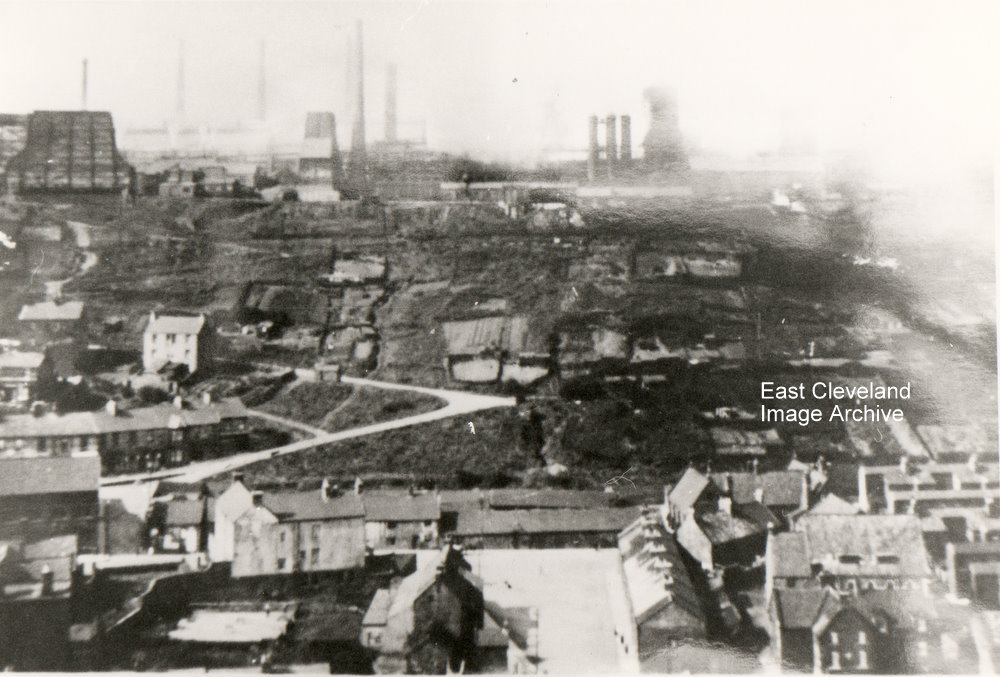
Originally entitled “The Furnaces Skinningrove” this is a different view of the square, front left of what is now the Post Office and shop with Nixon’s Bank leading up to Carlin how; as we start up the bank Hutton Street stands on the right hand side, sadly another piece of Skinningrove no longer standing. In front of Timm’s Coffee house can be seen the quoits pitch (which appear to be in use today), a popular pastime, after the pigeons, of course.
Page 10 of 14« First«...89101112...»Last »
|
|
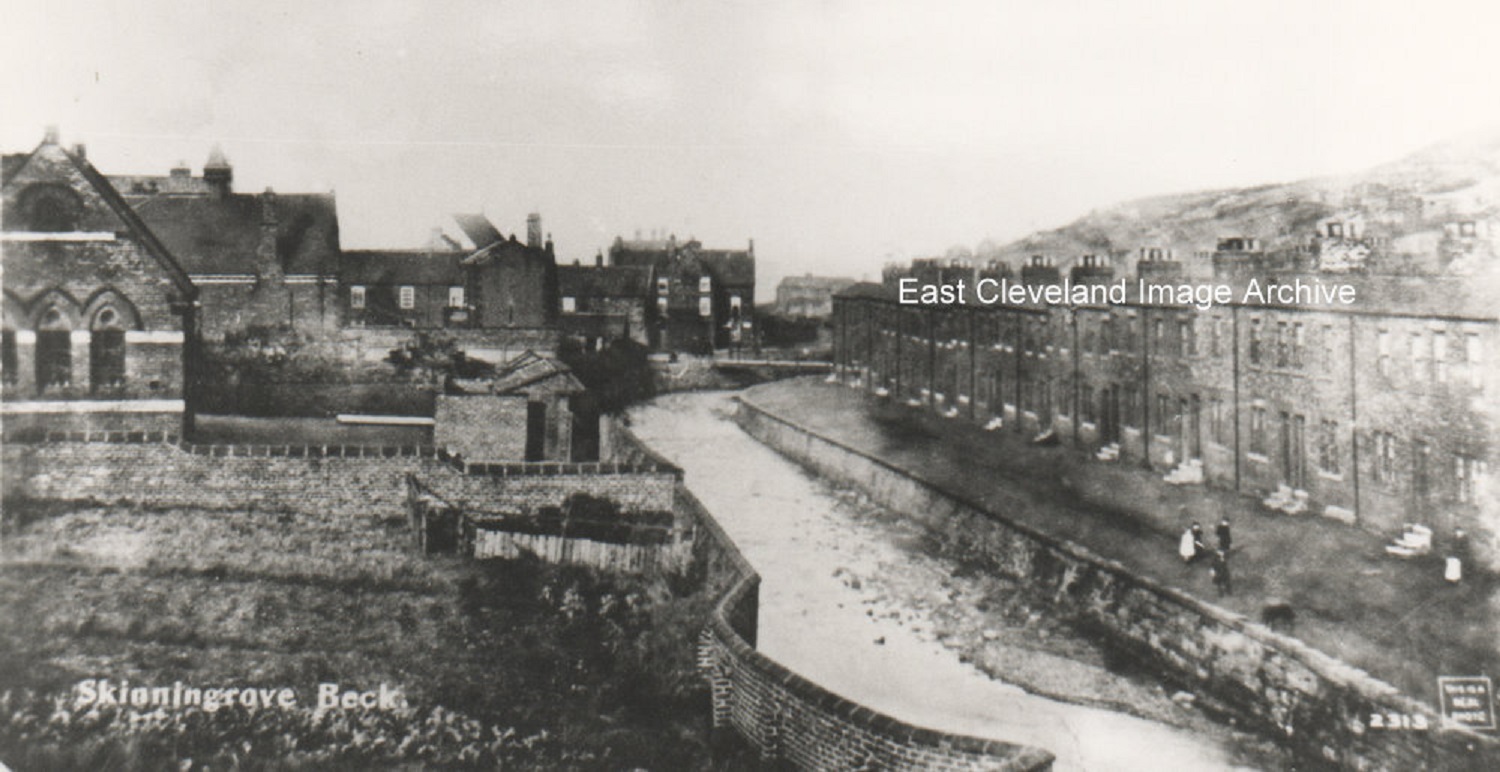
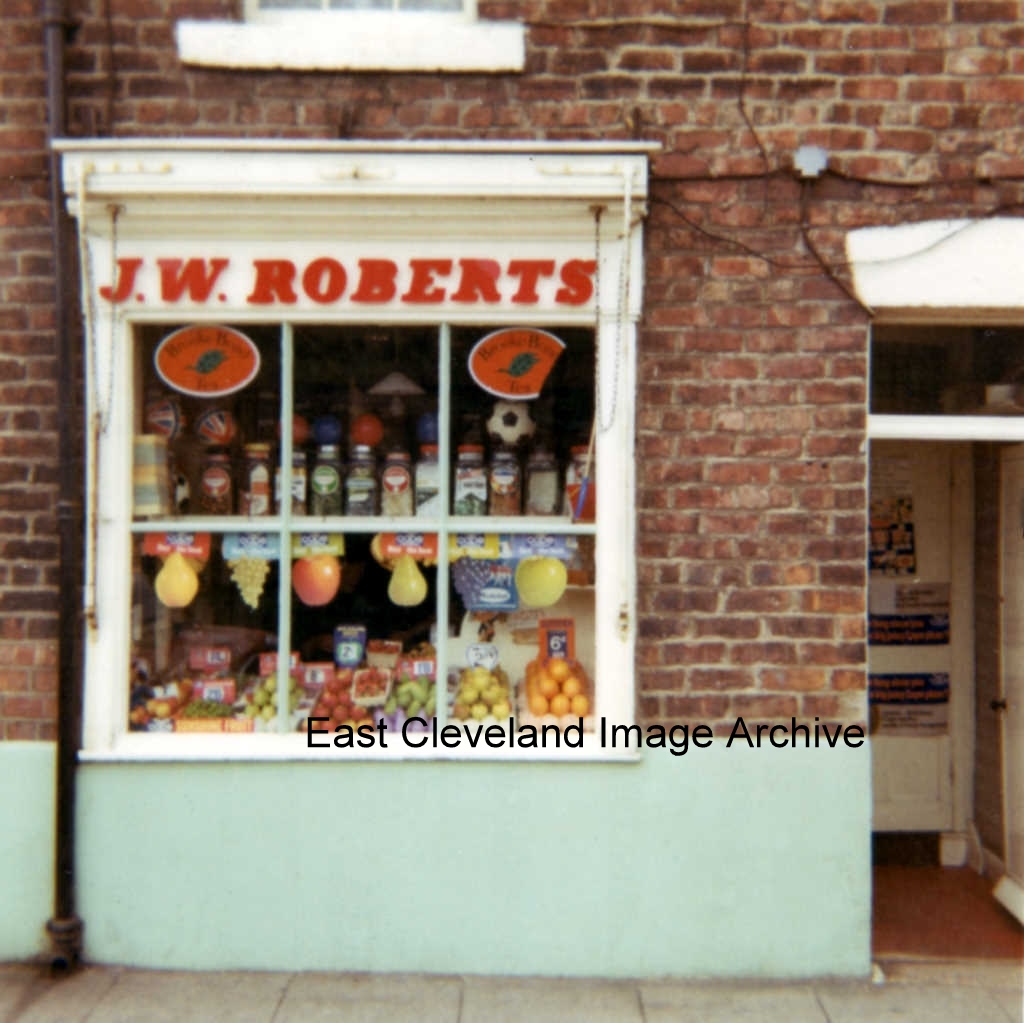
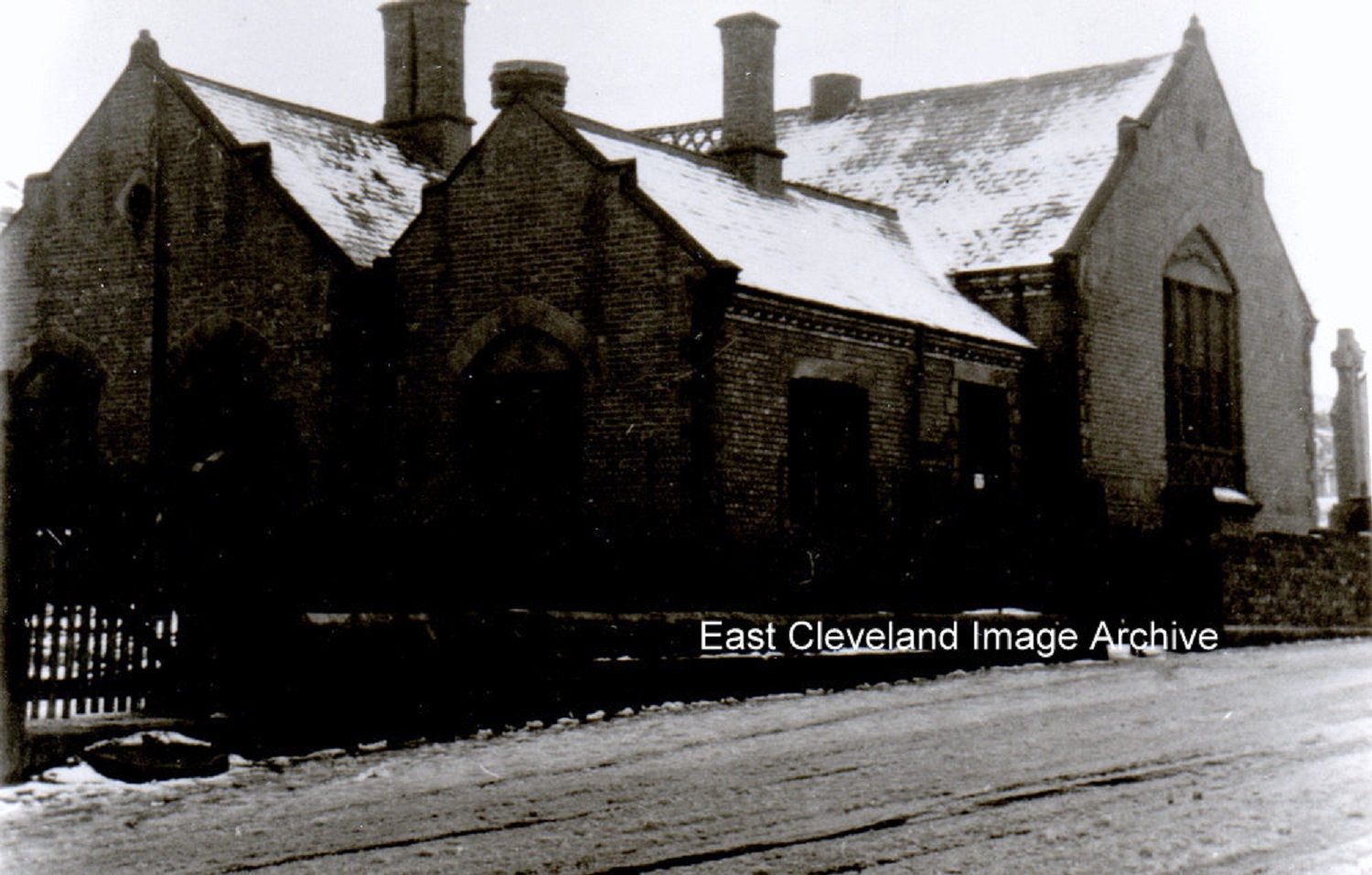
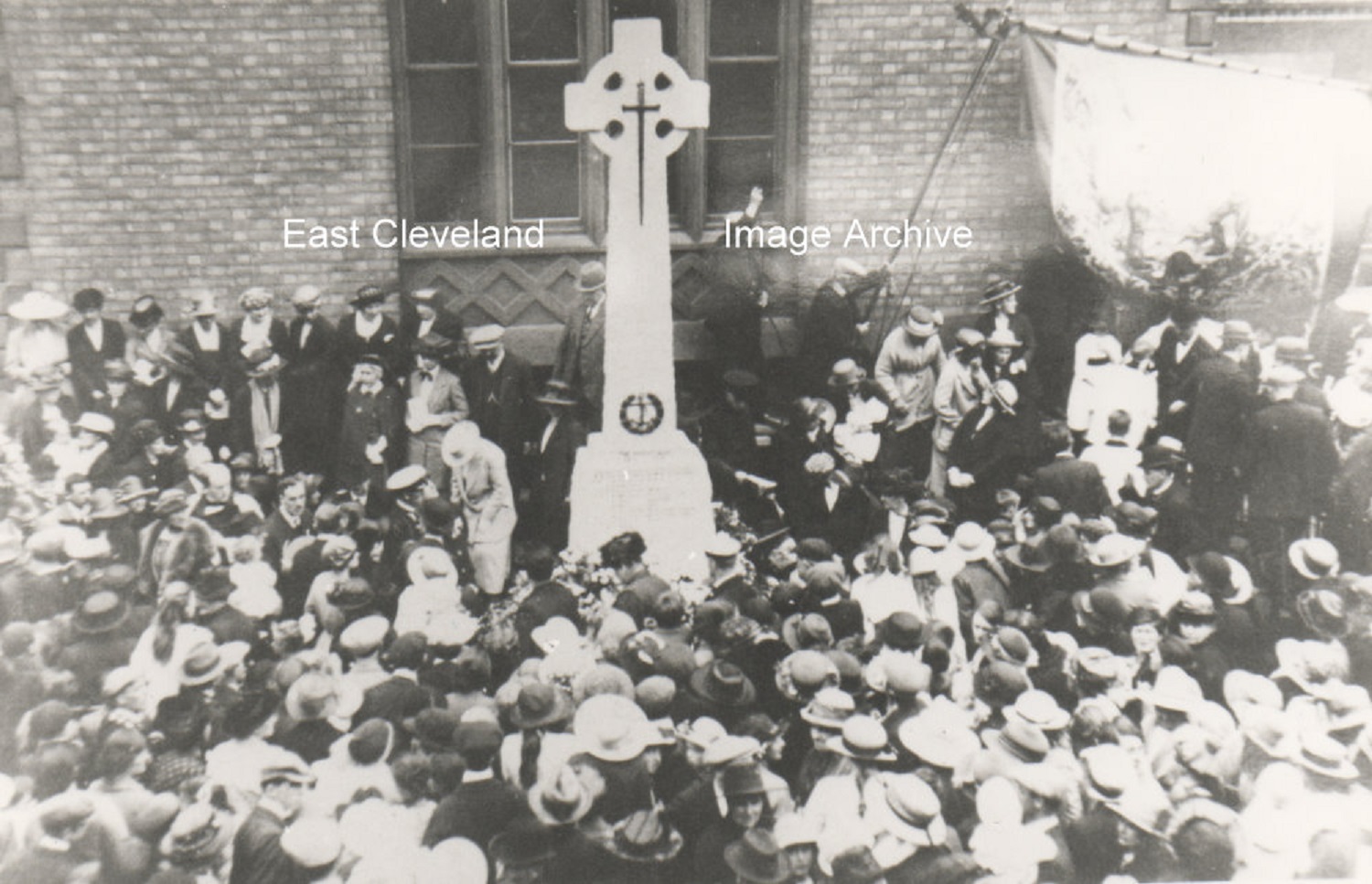
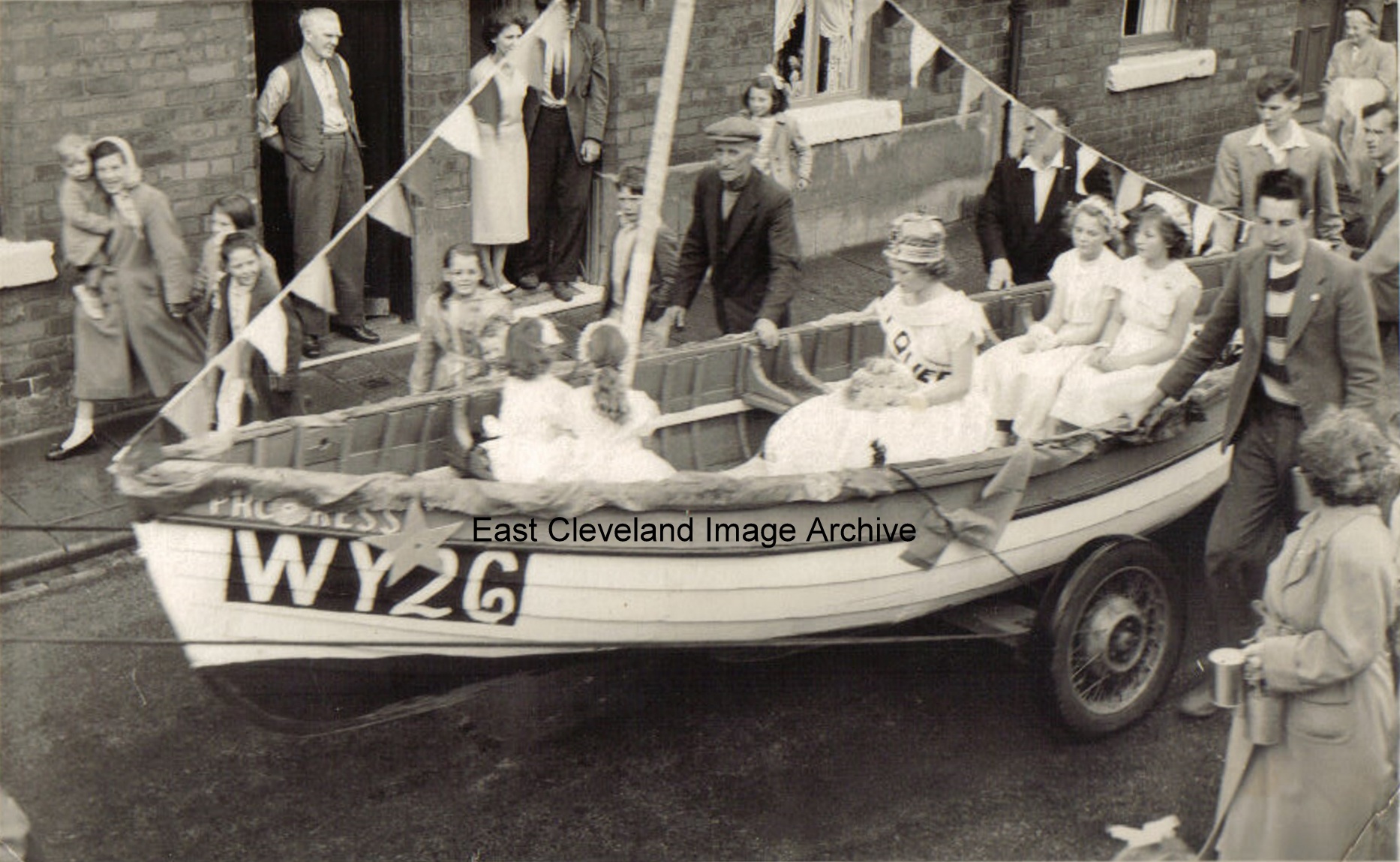
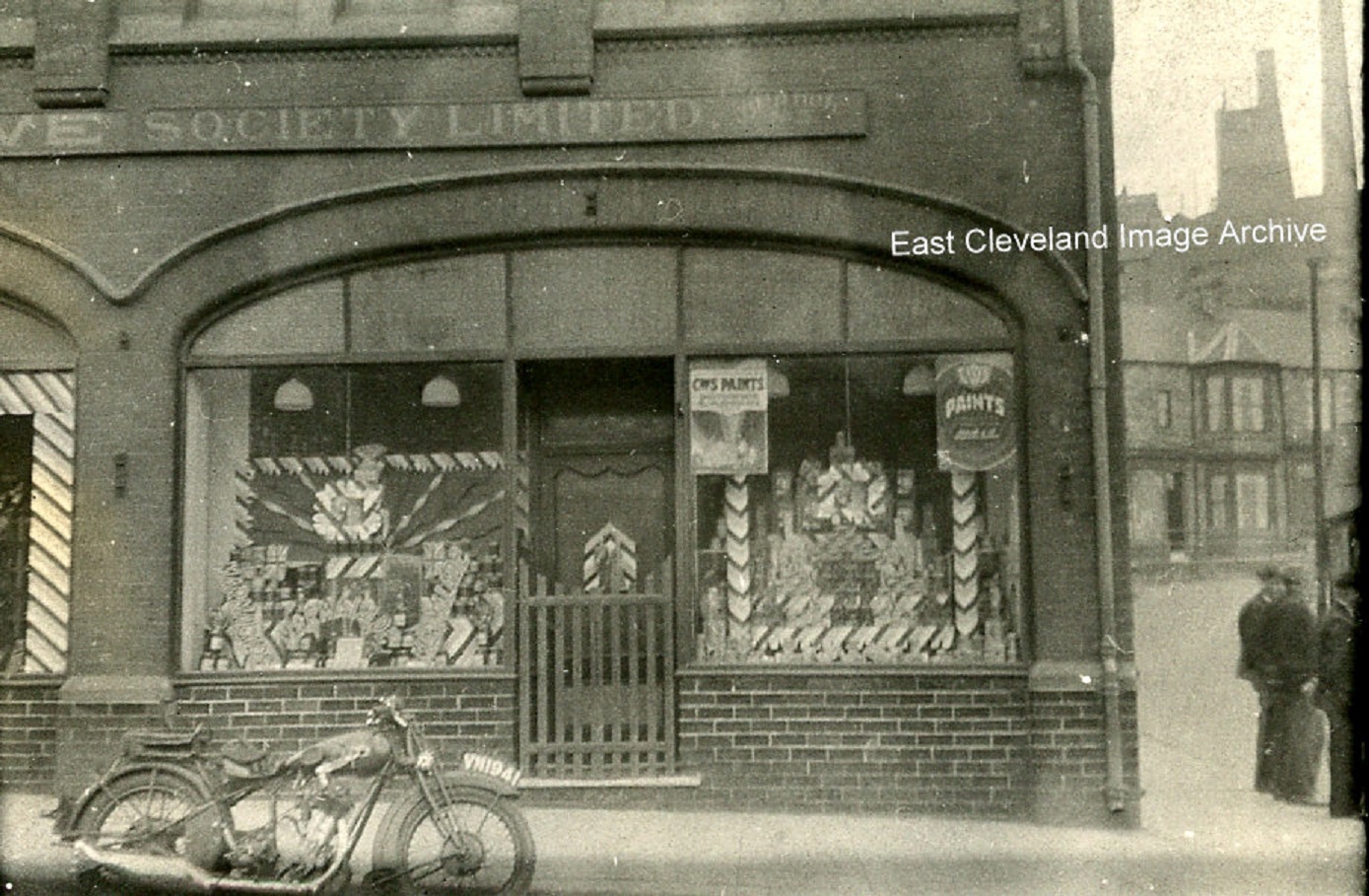
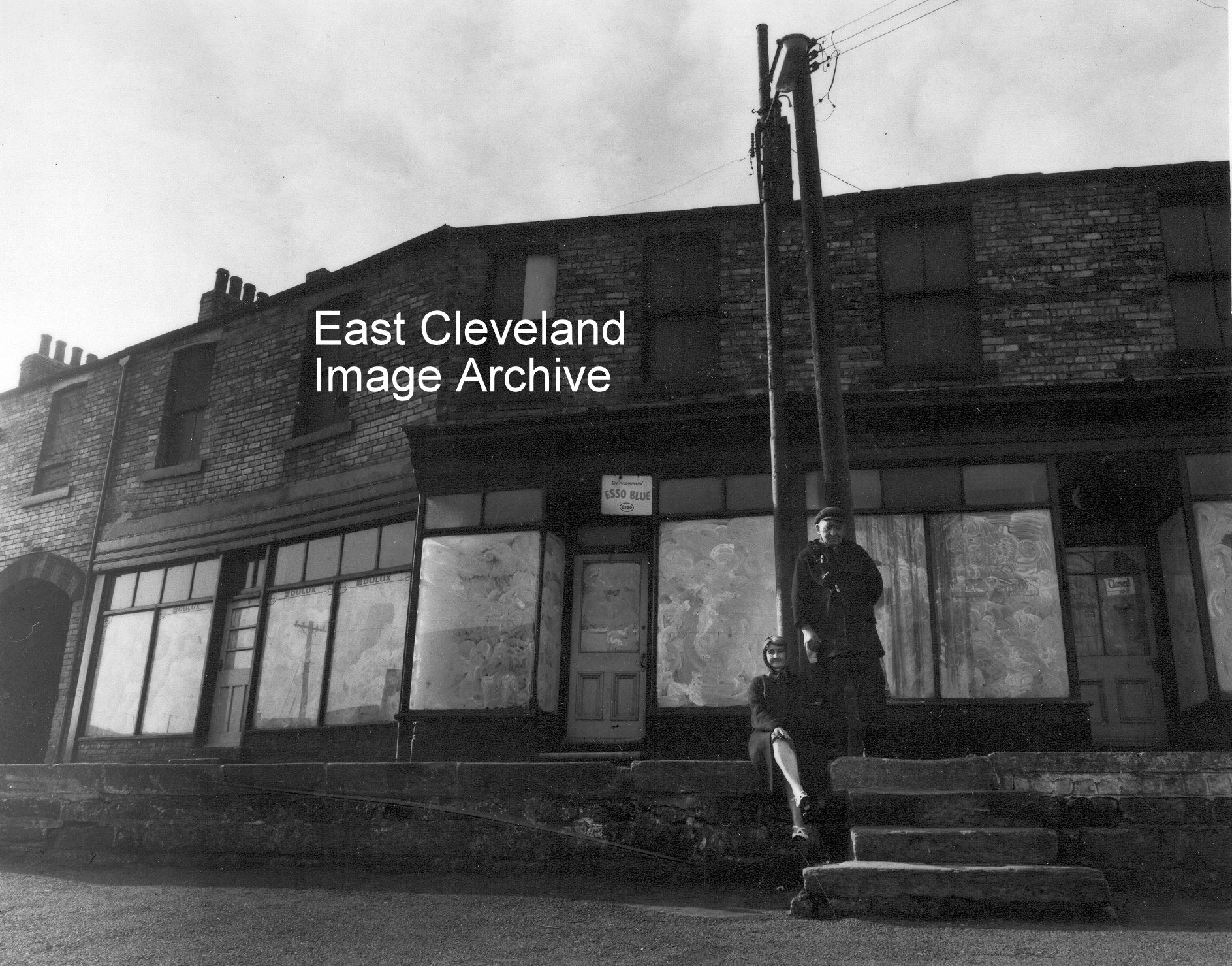
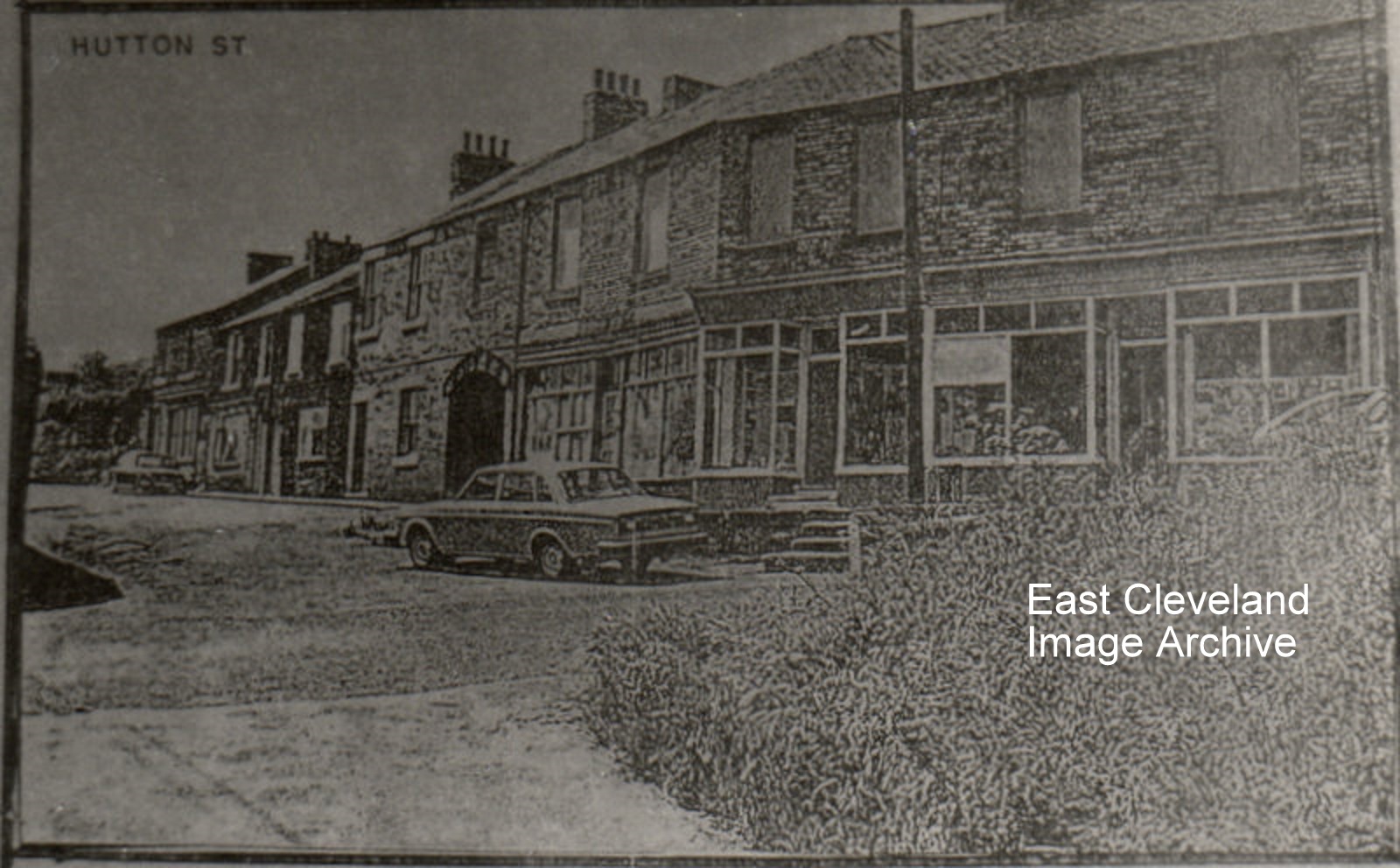
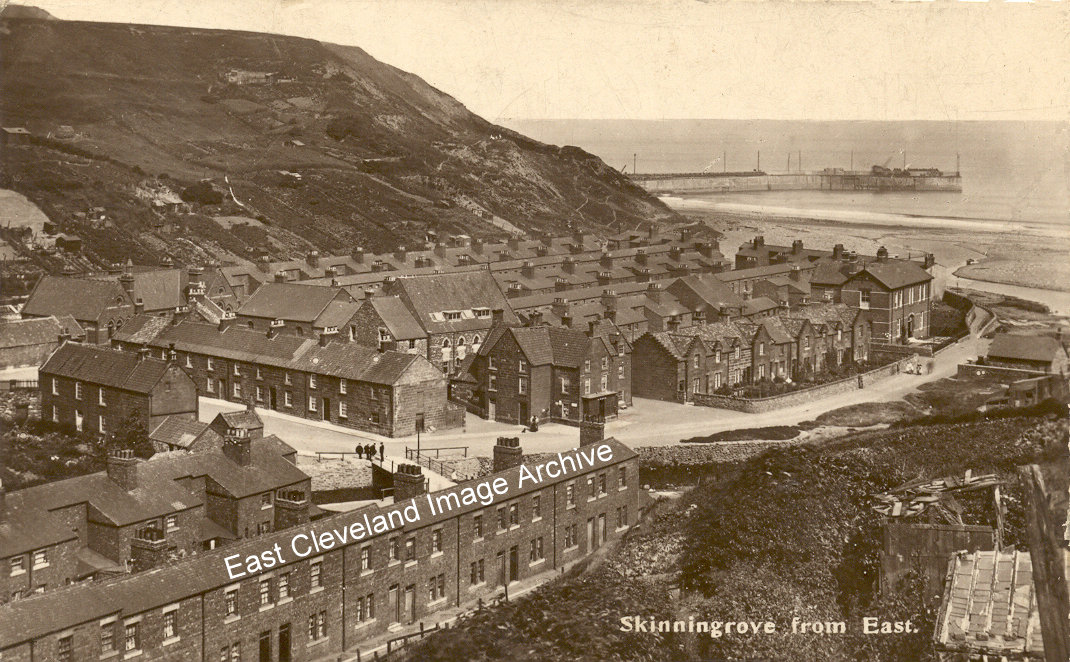

Recent Comments